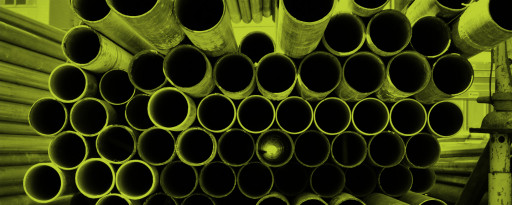Updated guidance on replacing plasterboard in flood damaged buildings
The Ministry of Business, Innovation and Employment (MBIE) has updated its guidance to assist with remediation and recovery work in flood damaged buildings.
Aotearoa/New Zealand is prone to natural disasters and has recently experienced weather events that have resulted in flooding and damage to buildings.
To support building work that is required after such events, MBIE has updated its guidance on repairing and replacing plasterboard in flood damaged buildings.
What the guidance covers
The guidance includes the following:
- why damaged plasterboard linings should be replaced
- how to approach the work
- the different types and purposes of plasterboard, and
- building work that is exempt from needing a building consent.
Key points in the guidance
- Plasterboard performs multiple functions eg bracing of a building, providing a moisture resistant layer, contributing to the fire-resistant rating and soundproofing.
- When flood waters enter buildings, it is likely that internal wall linings, such as plasterboard, will need to be partially, or in some cases, completely replaced.
- Damage to plasterboard may be indicative of damage to other building elements behind wall linings such as insulation, wiring, building paper, cavities or connections.
- Before replacing plasterboard linings, ensure that other elements have been inspected to ensure they are undamaged, and continue to be fit for purpose.
- Damage to plasterboard can affect the safety of the home and the health of its occupants. Consult with your local council or a building professional before reoccupying a flood damaged home.
- The moisture content of timber framing must be below 20 per cent before plasterboard is replaced (some manufacturers may recommend 18 per cent or less). This is to reduce future risk of mould growth, timber decay and damage to fasteners and fixings.
- Addressing damaged plasterboard promptly after an event prevents detrimental effects to the structural integrity and safety of buildings.
- Talk to your local council to find out if proposed work requires building consent.
- If significant sections of wall lining, ie greater than 50% of the individual wall length, need to be, or have already been removed due to flood damage or to allow framing to dry out, you will likely need some form of temporary bracing to be installed such as timber cross-braces.
- If you are unsure, it is safer to treat all plasterboard wall linings as if they are bracing elements and take appropriate precautions.
How to access the guidance
You can read more on MBIE’s Building Performance website and in the ‘Repair and replacement of plasterboard due to flooding quick guide’ which you can access from the website.
Repair and replacement of plasterboard due to flooding(external link) – Building Performance
Further useful information and guidance for repairing flood damaged buildings can also be found at these links:
Flood damaged buildings(external link) – Building Performance
